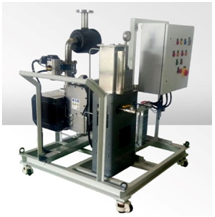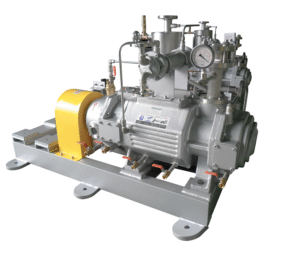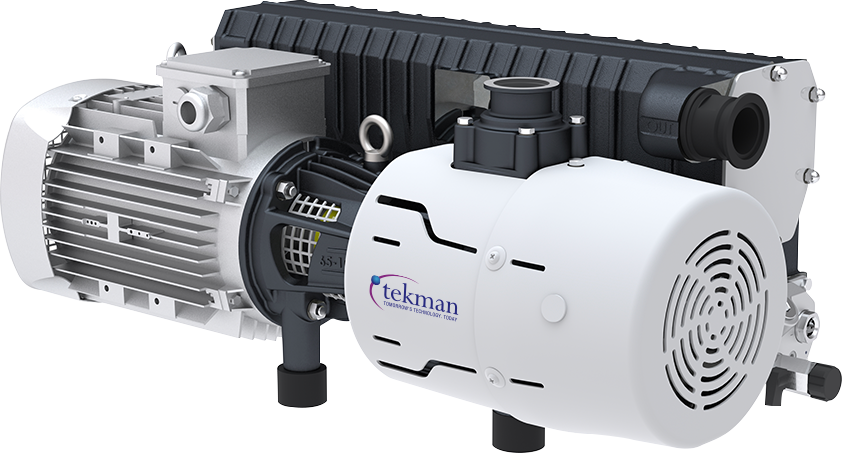Introduction: Why the World is Obsessed with Saving Helium
When you think of helium, you probably picture party balloons or those squeaky chipmunk voices. But in the real world, helium is a non-renewable, critical resource used in MRI machines, fiber optics, space exploration, and semiconductor manufacturing.
Now here’s the problem: helium is rare, expensive, and once released into the atmosphere—it’s gone forever. That’s where the Helium Recovery System enters the chat like a hero in an apocalyptic sci-fi movie. Except this is very real, and the stakes are very high.
This guest post dives deep into what a Helium Recovery System is, why it matters more than ever, how it works, and the myths vs. facts surrounding it. So buckle up—because this is about more than just gas.

What is a Helium Recovery System?
A Helium Recovery System is a specialized setup used to capture, purify, store, and reuse helium gas instead of letting it escape into the atmosphere. This system is vital in industries that use helium in large volumes, such as:
-
Medical imaging (especially MRI)
-
Aerospace and defense
-
Electronics and semiconductors
-
Welding and cryogenics
-
Research laboratories
Instead of constantly buying and wasting helium, organizations are switching to Helium Recovery Systems to become cost-effective and environmentally conscious.
Why Helium Matters (More Than You Think)
Before we dive into how the system works, let’s talk about why helium is so important:
-
It’s Non-Renewable: Once it escapes into the air, it floats to space. Literally.
-
It’s Critical for Technology: No MRI scans or superconducting magnets without helium.
-
It’s Running Out: Global helium reserves are dwindling faster than anticipated.
-
It’s Expensive: Prices have soared due to scarcity and rising demand.
So saving helium isn’t just about saving money—it’s about saving essential technologies and future advancements.
How Does a Helium Recovery System Work?
The system typically includes:
1. Collection
Helium gas used in various processes is captured instead of being vented out.
2. Compression
The captured helium is compressed using vacuum pumps and compressors.
3. Purification
Impurities like oxygen, nitrogen, and water vapor are removed via filters and scrubbers.
4. Storage
The purified gas is stored in high-pressure tanks or cylinders for future use.
5. Redistribution
When needed again, the recovered helium is reused in industrial applications, saving the company from buying new gas.
It’s a closed-loop, sustainable, and cost-effective solution.
Why Businesses are Adopting Helium Recovery Systems
Industries are rapidly shifting toward Helium Recovery Systems for these top reasons:
-
Cost Savings: Reusing helium can save up to 80% of gas-related expenses.
-
Environmental Responsibility: Reduces atmospheric helium loss.
-
Supply Security: Avoid disruptions caused by helium shortages.
-
Operational Efficiency: Ensures a consistent helium supply for critical operations.
Applications of Helium Recovery Systems
Let’s look at some practical scenarios where a Helium Recovery System plays a vital role:
| Industry | Application | How Recovery Helps |
|---|---|---|
| Healthcare | MRI machines | Cuts operational costs and ensures steady helium supply |
| Aerospace | Rocket engine testing | Saves large volumes of expensive helium used in purging |
| Semiconductor | Chip manufacturing | Maintains ultra-pure environments using recirculated helium |
| Welding | TIG & MIG welding | Captures and reuses helium for shielding gas |
| Research Labs | Cryogenics & spectroscopy | Provides continuity in experiments while reducing helium waste |
The Environmental Angle: A Silent Climate Hero
Helium may not be a greenhouse gas, but conserving it helps in multiple ways:
-
Less mining pressure: Reduced need for helium extraction.
-
Lower energy consumption: Mining and refining helium consume large amounts of energy.
-
Preserving a rare element: Helium is one of the few elements that permanently escapes the Earth.
Using a Helium Recovery System is an indirect yet impactful way to support sustainability.
Challenges of Helium Recovery (And How They’re Solved)
While the concept is genius, it’s not without its hurdles:
| Challenge | Solution |
|---|---|
| High Initial Cost | Long-term ROI from helium savings |
| Technical Complexity | Pre-engineered modular solutions now available |
| Space Constraints | Compact recovery units available for labs and hospitals |
| Purity Requirements | Advanced filtration and cryogenic purification systems |
Future Trends: Where Are We Headed with Helium Recovery?
-
Miniaturized Systems: For smaller labs and clinics.
-
Smart Integration: IoT-enabled monitoring of helium usage and leak detection.
-
Cryogenic Advances: Improving efficiency in ultra-cold environments.
-
Government Regulations: Stricter controls over helium emissions are expected, encouraging adoption.
FAQs: All You Need to Know About Helium Recovery System
Q1: Is a Helium Recovery System suitable for small-scale businesses?
Absolutely. Modular systems are now available for clinics, small labs, and R&D centers.
Q2: How much can one save annually using this system?
It depends on usage, but average savings range between 40-80% annually.
Q3: How long does it take to break even on the investment?
Most organizations see ROI in 1–3 years, depending on their helium consumption.
Q5: Is maintenance difficult or costly?
No. Routine checks and simple filter replacements are usually sufficient.
Myths vs. Facts About Helium Recovery System
| Myth | Fact |
|---|---|
| Helium is unlimited because it’s a gas. | False. It’s non-renewable and escapes into space. |
| Recovery systems are only for large industries. | Wrong. Scalable systems exist for all sizes. |
| It’s too expensive to install. | Short-term cost, long-term savings. Most break even in under 3 years. |
| Helium recovery affects purity. | Modern systems can maintain and even enhance purity. |
| All helium ends up in party balloons. | Nope. Medical, aerospace, and tech industries use the majority. |
Real-Life Impact: What the Numbers Say
Let’s simplify this with an example.
A mid-sized hospital with 3 MRI machines uses about 100,000 liters of helium annually. Without recovery, that’s pure waste. With a Helium Recovery System, they can reuse up to 90%, saving hundreds of thousands of dollars each year.
Multiply that across thousands of hospitals, labs, and tech firms—and it becomes a global game-changer.
Why Now Is the Time to Invest in Helium Recovery
-
Helium prices are unpredictable and rising.
-
Global reserves are depleting.
-
Demand is skyrocketing in tech and medical industries.
-
Environmental regulations are tightening.
-
Smart business is sustainable business.
If your organization uses helium, installing a Helium Recovery System isn’t just a wise investment—it’s a necessity.

Conclusion: The Air May Be Free, But Helium Isn’t
Helium is disappearing, silently and permanently. In a world that increasingly relies on precision technology and medical imaging, losing helium is not an option.
The Helium Recovery System isn’t just a solution—it’s an insurance policy for your operations, your finances, and the future of innovation.
Don’t let your helium float away. Reclaim it. Reuse it. Respect it.
